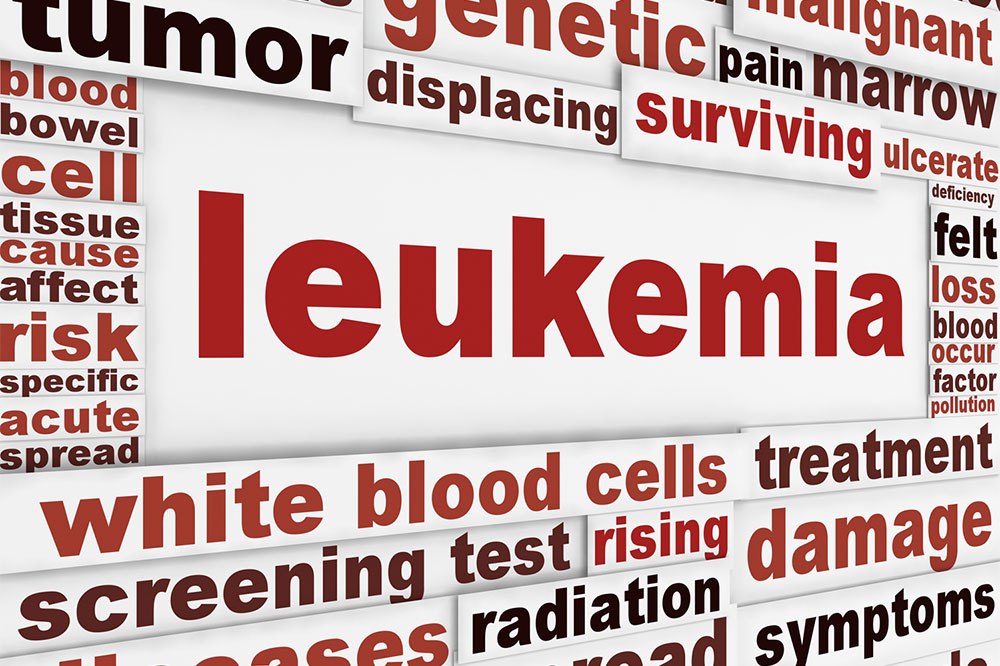Leukemia Explained: Signs, Origins, and Risk Factors
Leukemia is a blood cancer affecting bone marrow, disrupting normal blood cell production. Symptoms include fatigue, infections, and swelling, while risk factors involve genetic conditions, chemical exposure, and prior treatments. Early detection and understanding of causes can improve management. This comprehensive overview covers symptoms, origins, and risk elements to increase awareness about leukemia.

Leukemia Explained: Signs, Origins, and Risk Factors
Leukemia is a type of blood malignancy that disrupts normal blood cell formation in the bone marrow. This soft tissue produces red blood cells, white blood cells, and platelets. Primarily affecting white blood cells, leukemia causes these immune cells to act abnormally. White blood cells are crucial for combating infections. Discover the common symptoms, underlying causes, and risk factors associated with leukemia.
Signs and Symptoms
Different leukemia types present a range of symptoms. Some may remain unnoticed early on, while others rapidly worsen, prompting urgent medical attention.
Common indicators include:
Night sweats
Fever and chills
Persistent fatigue and weakness
Loss of appetite
Repeated infections
Bone and joint pain
Swelling of lymph nodes, liver, or spleen
Abdominal discomfort
Headaches
Easy bruising and bleeding
Breathing difficulties
Small red spots under the skin (petechiae)
When leukemia affects the nervous system, symptoms like nausea, vomiting, confusion, muscle weakness, seizures, and headaches may occur. The condition can also harm other organs such as the lungs, digestive tract, heart, kidneys, and testes.
Causes and Risk Factors
The precise cause of leukemia remains uncertain. However, genetic and environmental factors are thought to play a role in its development. Mutations in the DNA of a single bone marrow cell can cause it to malfunction, resulting in leukemia.
Several risk factors include:
Previous cancer therapies: Radiation and chemotherapy for unrelated cancers can increase leukemia risk.
Genetic conditions: Disorders like Down syndrome and neurofibromatosis may raise susceptibility.
Family history: Having relatives with leukemia increases personal risk.
Exposure to chemicals: Contact with benzene, commonly found in gasoline and industrial chemicals, is linked to certain types of leukemia.
Tobacco use: Smoking enhances the risk of developing acute myeloid leukemia.


